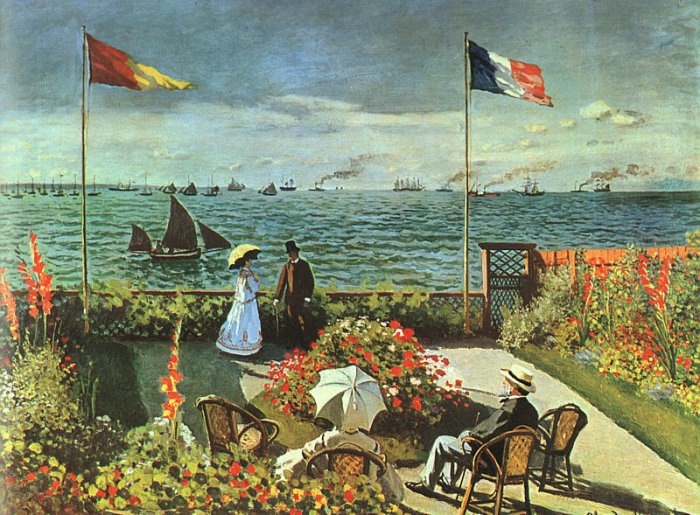Elliott and I spend at least an hour a day searching for new artists online - not only to broaden our visual vocabularies, but also to see what's new and exciting beyond the confines of our area. It's become a hobby, scouring through hundreds of artists' websites, blogs, and even Facebook pages. Social media has broadened the relationship between the gallery owner and artist - finding the right "match" is easier than ever.
In doing so, we've taken on a number of talented artists within the past year, including Alvin Richard, Paul Coventry-Brown, James Neil Hollingsworth, Derek Gores, Shawn Kenney, Donald Bradford, Paul Ferney, Otto Lange, and now, most recently, Leigh-Anne Eagerton.
Leigh-Anne currently lives in Nyack, New York (Edward Hopper's hometown, she tells me, which of course I'm very excited to hear!) and has had a fascination with art-making since childhood. In fact, she lived in Japan for three years, from age six to nine, and from what I can see, I think the clean and simple Japanese aesthetic continues to stick with her.
This influence reminds me the late 19th century "phenomenon" of Japonisme, a French term which describes Japanese art's influence on the west. Probably the easiest association to make is Claude Monet's fascination with Japanese wood-block prints, such as those by Katsushika Hokusai. The lack of perspective, shadow, overall reduction of form, and flat, broad areas of color were assimilated into the Impressionist style, as this push towards simplification seemed to harmonize with their stylistic motivations.

Katsushika Hokusai | Gohyaku Rakanji Sazaido |

Claude Monet | Terrace at St. Adresse | 1867
In the comparison above, it's evident that Monet took compositional liberties in his early landscape, Terrace at St. Adresse. For example, notice how the waves are simply described by a series of wavy lines. (He's beginning to give the "impression" of movement in the water, rather than realistically depicting the movement). Such modifications can also be found in Leigh-Anne's work. Take her still life Seedless Watermelon, for example. Form is created through the use of broad, geometric planes of color. She has preserved the "essence" of form, eliminating textural and other extraneous detail for a generalized (but still recognizable) depiction.
Seedless Watermelon | Oil on panel | 16" X 27"
I was really drawn to the graphic quality of Leigh-Anne's work when I first saw it online. She says, "All of my paintings have a foundation in what I call "stylized realism." They utilize the strong composition qualities of clear planar and linear breaks on the surface, which creates jewel-like facets." The painting below, Oranges On A Green Plate, certainly epitomizes this quality as the flesh of the orange is divided by varying hues of color.
Oranges On A Green Plate | Oil on panel | 8" X 10"

No comments:
Post a Comment